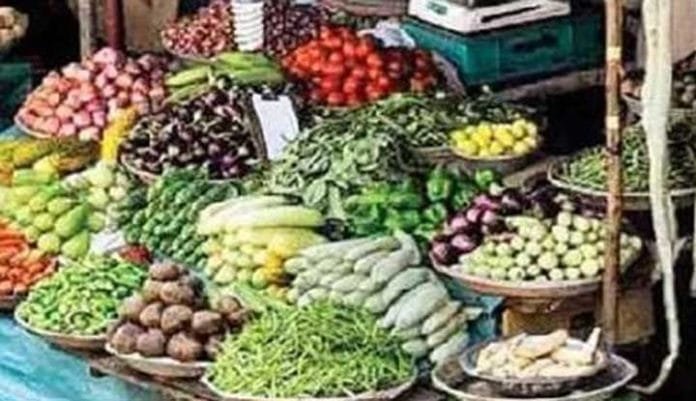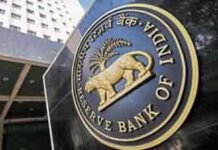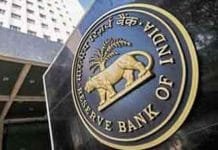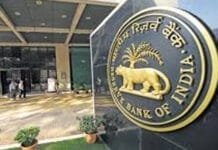INVC NEWS
New Delhi : The recent escalation in prices of essential commodities, encompassing vegetables, grains, and other food essentials, has led to a resurgence in inflation rates in New Delhi. Figures released by the National Statistical Office (NSO) revealed a three-month high inflation rate, surging to 5.55 percent in November. This hike comes after a gradual decline from the peak of 6.83 percent in August. The Consumer Price Index (CPI) reflects a noticeable rise in food-related inflation, escalating from 6.61 percent in October to a striking 8.7 percent in November compared to 4.67 percent in the same period last year.
Inflation Breakdown by Food Categories
1. Spices: A Flavourful Surge
- The annual inflation in spice prices surged by 21.55 percent.
2. Pulses and Derivatives: A Significant Upsurge
- There was a noteworthy upsurge of 20.23 percent in the annual inflation of pulses.
3. Vegetables: A Green Surge
- Inflation in vegetable prices experienced a substantial spike, reaching 17.7 percent.
4. Fruits: A Sweet Increase
- The cost of fruits witnessed a 10.95 percent inflation.
5. Cereals and Their Products: Moderate Increase
- Cereals and related products observed a comparatively moderate annual inflation of 10.27 percent.
6. Edible Oils: A Dip in Prices
- Interestingly, there was a 15 percent reduction in the retail prices of edible oils and fats, countering the overall trend.
Disparity in Different Regions
1. Rural vs. Urban Trends
- Rural areas experienced an inflation rate of 5.85 percent, slightly higher than the 5.26 percent in urban centers, contributing to a national average of 5.55 percent.
2. Regional Inflation Rates
- States like Odisha witnessed the highest inflation at 7.65 percent, followed by Bihar, Gujarat, Haryana, Karnataka, Punjab, Telangana, and Rajasthan, all recording inflation rates above six percent. Conversely, Delhi had the lowest inflation rate at 3.1 percent.
Insights from the Central Bank
1. RBI’s Monetary Policy
- The Reserve Bank of India (RBI) is primarily focused on retail inflation in its monetary policy considerations. It aims to maintain it within a range of four percent with a two percent deviation on either side. The current inflation rate is aligned with RBI’s target.
2. Economic Outlook
- According to the RBI’s recent review, the estimated average consumer price inflation for the ongoing fiscal year is 5.4 percent, indicating a stable economic outlook despite the recent surge.
Expert Analysis
1. Views from Chief Economist Aditi Nayar
- Aditi Nayar, a prominent economist, attributes the rapid rise in vegetable prices to an eight percent surge in food and beverage inflation. She emphasizes that the current inflation level, at 4.2 percent in November 2023, is the minimum post-COVID-19 pandemic.
Soaring prices of essential food items
In conclusion, the soaring prices of essential food items have played a pivotal role in driving up inflation in New Delhi. The intricate dynamics of inflation across various food categories and regional disparities underline the multifaceted nature of this economic challenge. As consumers grapple with higher prices, policymakers and economists closely monitor these trends, seeking a balance between economic stability and affordability.












